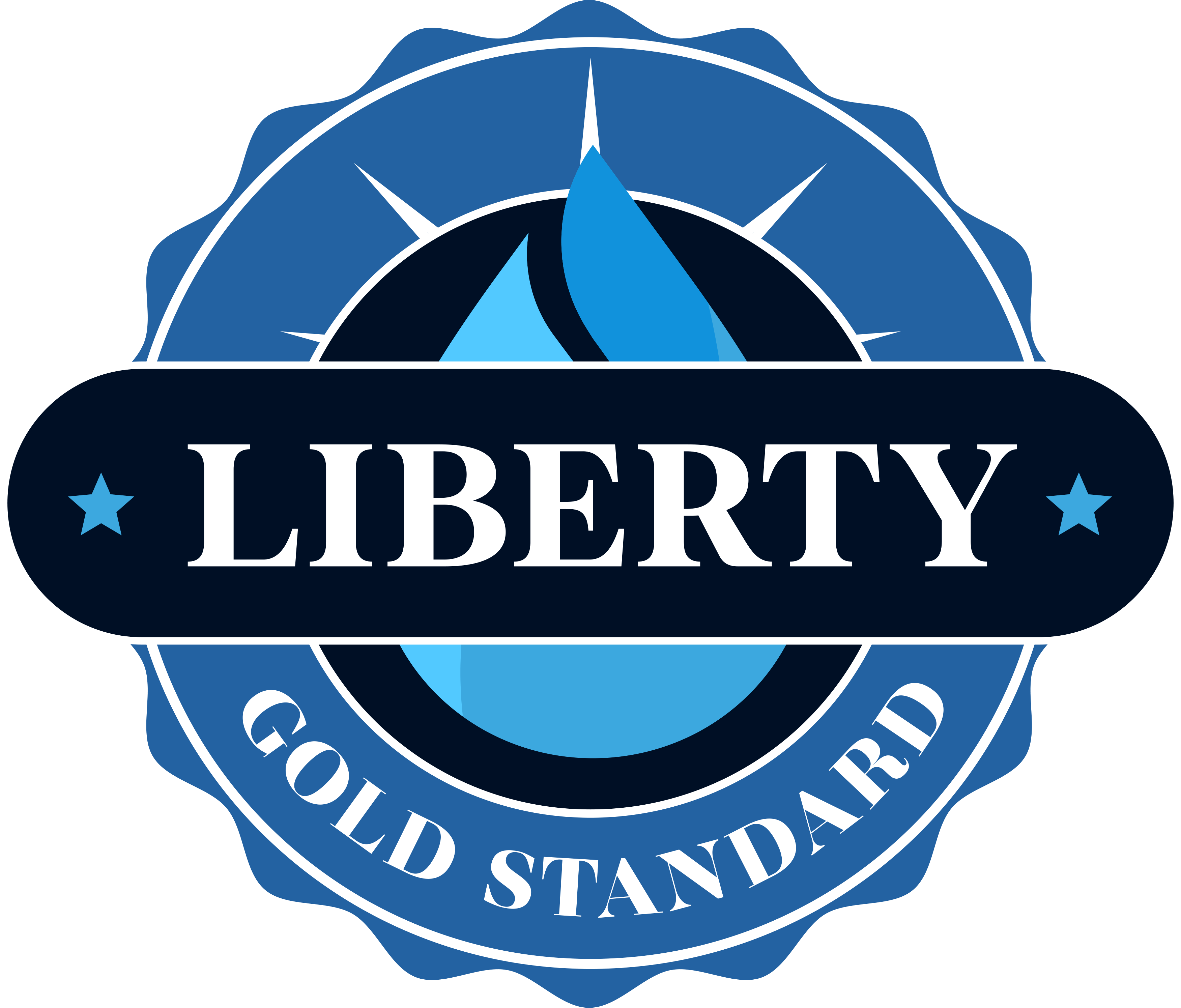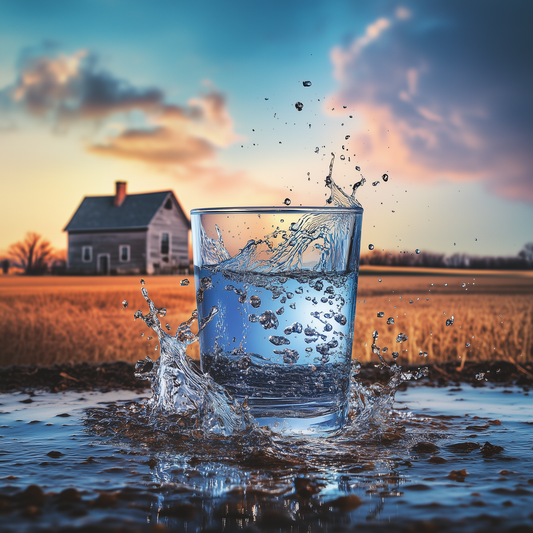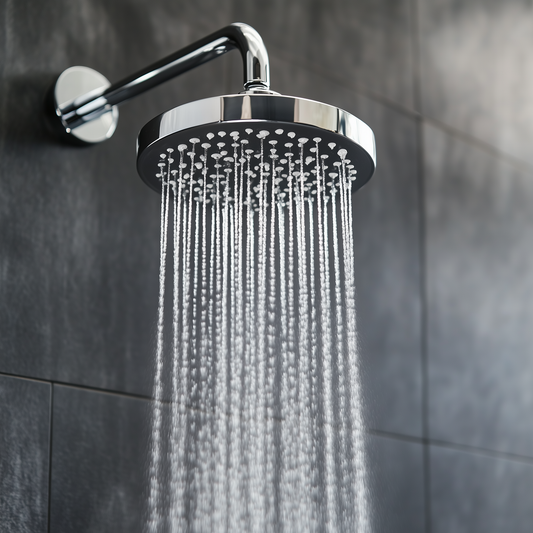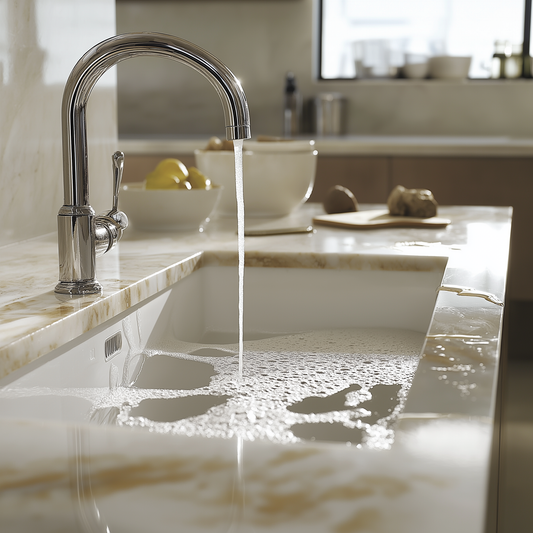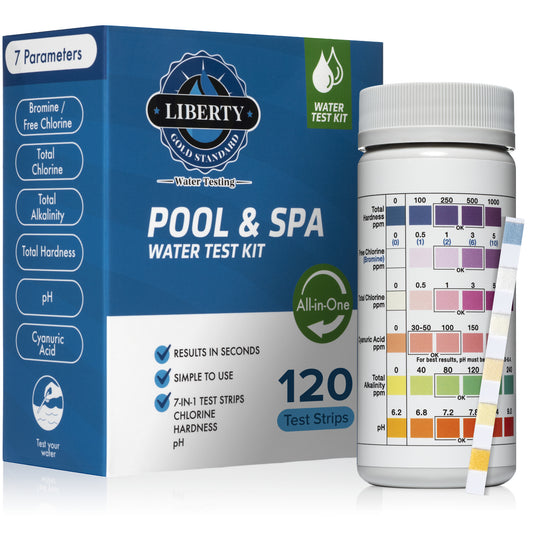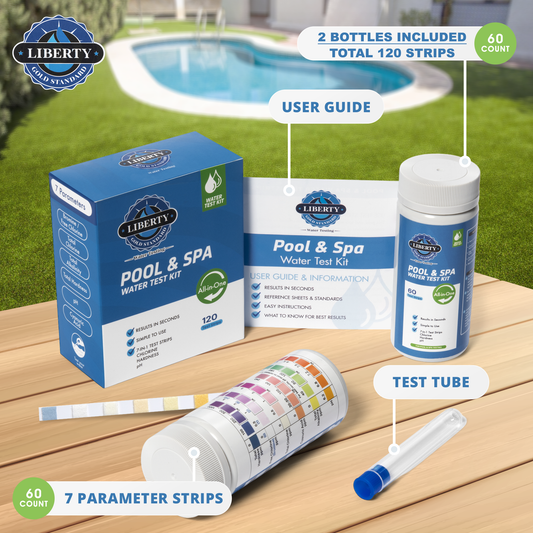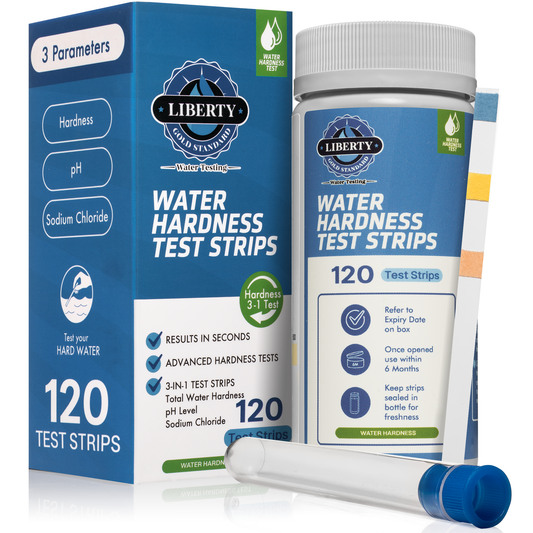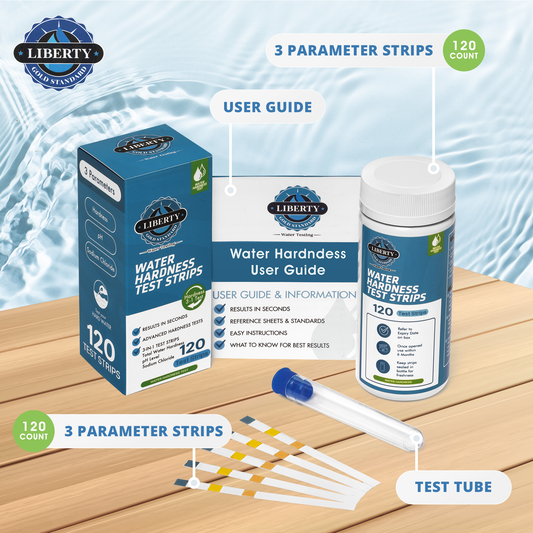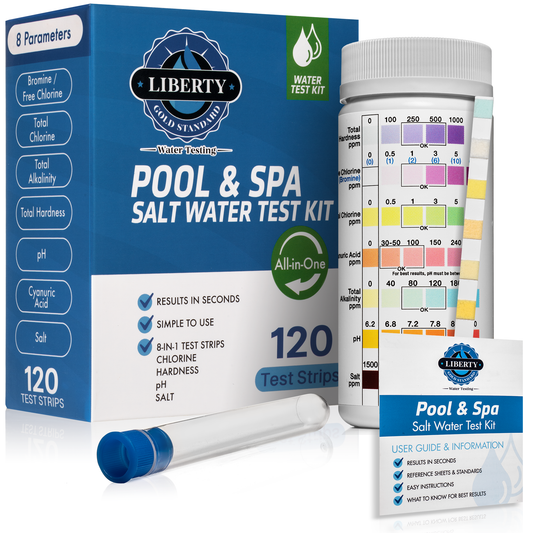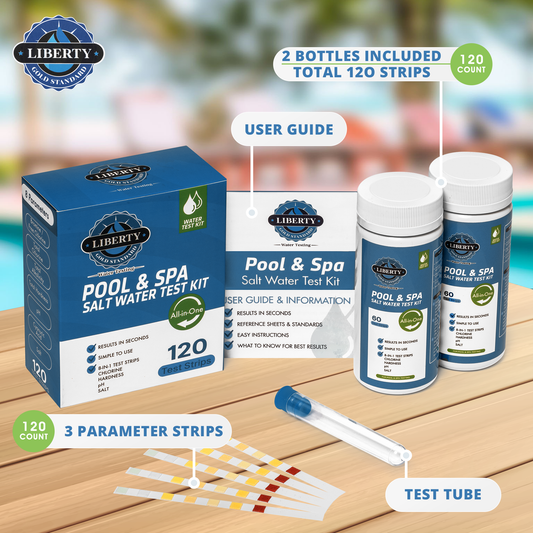This Independence Day, as we raise a glass to celebrate America's birth, let's take a moment to appreciate something many of our forefathers might envy: clean drinking water. In 1792, America was a vast, young nation with abundant freshwater resources, but the concept of safe drinking water was far from what we know today.
A Nation of Natural Springs...and Hidden Dangers
Back then, rivers, streams, and natural springs provided the primary source of drinking water. While seemingly pure, these sources were susceptible to contamination.
- Waste Disposal: With smaller populations, human waste wasn't as widespread an issue as it would become later. However, animal waste from farms and slaughterhouses could easily pollute nearby water sources.
- Industrial Beginnings: Even in the late 18th century, early industrial activity introduced new dangers. Chemicals used in rudimentary tanning, mining, and other processes could seep into waterways.
- Natural Contaminants: While not as common, naturally occurring minerals like arsenic or lead could also be present in some water sources.
A Colonial Cocktail of Woes
These contaminants led to a host of waterborne illnesses that plagued early Americans.
- Typhoid Fever: This potentially deadly disease, caused by bacteria spread through contaminated water, caused high fevers, weakness, and intestinal distress.
- Dysentery: Another bacterial infection, dysentery resulted in severe diarrhea and dehydration.
- Cholera: This particularly gruesome illness, also caused by bacteria in water, could lead to rapid dehydration and death.
From Independence to Safe H2O: A Long Road
It wasn't until the late 19th and early 20th centuries that advancements in science and public health led to a focus on water quality. The invention of filtration systems and the discovery of chlorine disinfection drastically reduced waterborne illnesses.
The Legacy: Celebrating Safe Water Today
Today, we take for granted the ability to turn on a tap and access clean, safe drinking water. However, the importance of water quality testing remains paramount.
- Regular Monitoring: Municipal water systems undergo rigorous testing to ensure the absence of harmful bacteria like E. coli or chemicals such as lead.
- Private Well Testing: For those on private wells, regular testing is crucial to identify potential contaminants specific to their location.
This Independence Day, let's raise a glass (filled with clean water!) not just to our nation's freedom, but also to the modern marvels that keep us healthy – like safe drinking water.
